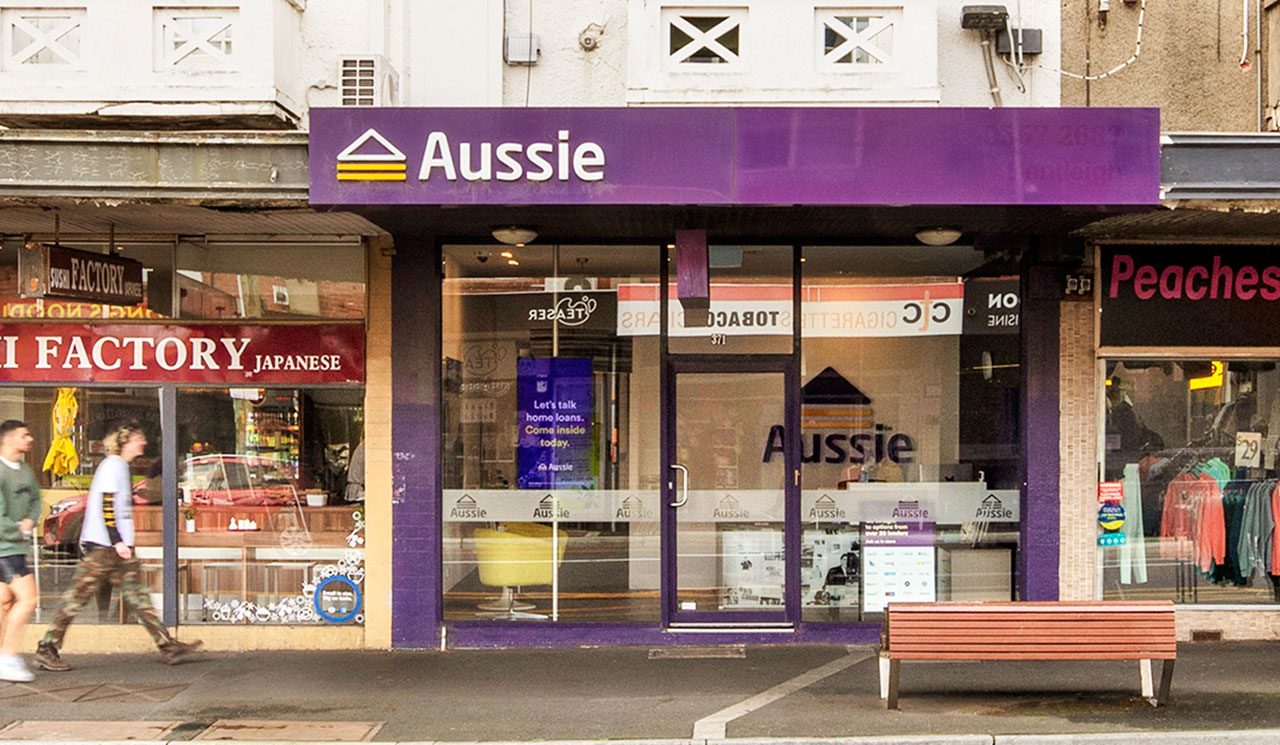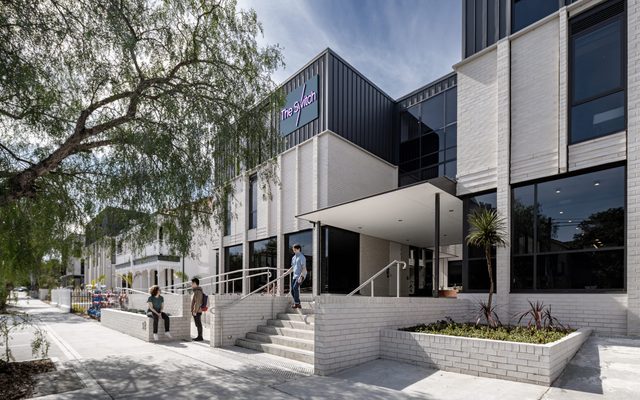This article is from the Australian Property Journal archive
HOME loans commitments across Australia were up 3.9% over July, hitting $30.58 billion, as the average new loan size hit a new record over the month.
According to the latest ABS Lending Indicators data, the average new loan size has hit a new high of $640,998 in July, up 8.1% over the year from $593,213 in July 2023.
“The average new owner-occupier loan size just hit another record high as borrowers continue to dig a little bit deeper to get in that winning bid,” said Sally Tindall, data insights director from Canstar.
“This data suggests across the country, the average owner-occupier with a 20% deposit is now shelling out over $800,000 for a property and committing to an estimated repayment that’s almost $4,000 a month.”
NSW has the largest average owner occupier new loan at $782,916, way above the next highest state with Victoria at $616,965 and Queensland at $598,857.
While South Australia’s average owner occupier new loan was at $561,027 in July, Western Australia at $552,435 and Tasmania at $443,704.
The value of lending was at its highest rate since May 2022, when the RBA’s rate hiking cycle began, at $30.58 billion.
Compared to June, the volume of owner occupiers and investors were up 6.8% with 53,899 new buyers entering the market, reflecting a 26.2% uplift from this time last year.
With the number of investors up 5.2% for the month and 35.4% for the year and the value up 5.4% for the month and 35.4% annually.
Investor lending is currently sitting at $11.7 billion, nearing the January 2022 high of $11.8 billion.
With the ABS noting the rise in investor lending is “mostly because more loans are being approved, and is only partly driven by higher dwelling prices”.
“Helping to stoke investor demand is a very tight rental market and higher gross unit rental yields. The spread between owner-occupier and investor mortgage rates has also progressively tightened with banks competing for market share,” said Maree Kilroy, senior economist at Oxford Economics Australia.
On the other hand, the volume and value of first home buyer loans were up by just 0.8% over July.
795 of all first home buyer loan commitments in July were investors, at just 7%.
“First home buyers continue to be stuck in first gear, at best, with around 10,000 loans settled in recent months. While the influx of properties coming online for Spring could be an opportunity for first home buyers, some may still need to think outside of the box if they want to get a foot on the property ladder before rates start coming down,” added Tindall.
“As a first home buyer, the great Australian dream might be to nail your favourite picture on the wall in a place you can call your own, however, if you’re priced out of the market you live in, it could be time to think of a plan B.”
Oxford Economics Australia is forecasting the median combined capital city house price will see a more moderate increase of 5% to $1.19 million over the next year.
“Tax cuts and marginal real wage growth will support household borrowing capacity. However, with interest rates likely on hold until June quarter 2025, affordability will remain a significant constraint,” added Kilroy.




